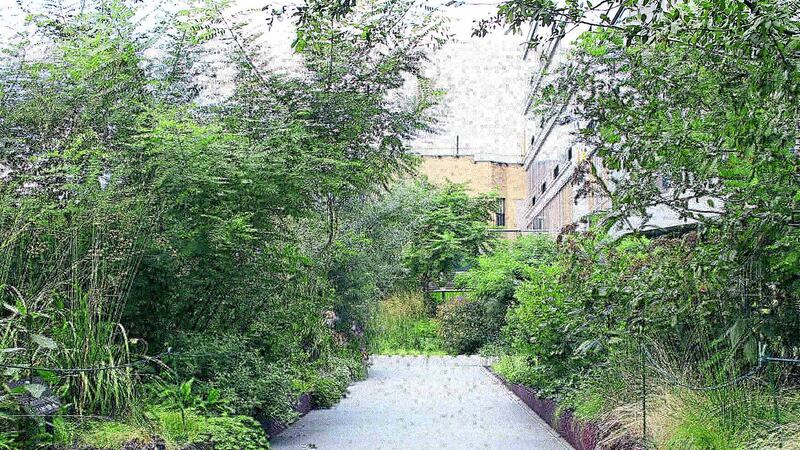Over recent decades the trend has been towards gardens with a naturalistic style but John Manley wonders if the New Perennial Movement's mainstream status will see it slip out of fashion
IN A fortnight's time many of the finest minds in Ireland's horticultural and landscaping community will come together in Dublin to debate what some regard as one of today's most pressing issues.
They won't be discussing the effect of continued austerity on their livelihoods or the impact of water charges, but robust exchanges are expected when the Garden & Landscape Designers Association (GLDA) holds its next design seminar. The matter occupying everybody's minds on Saturday February 7 will be the continued relevance and influence of the 'New Perennial Movement'. "As this naturalistic style has moved from a few brilliant practitioners to the mainstream, has the New Perennial Movement lost its integrity?" the GLDA websites asks provocatively. "Or will its expansion reinvigorate it artistically? Is the (Piet) Oudolf-style, based almost exclusively on flowing perennials and grasses, really a model for ordinary gardens and parks?"
To the uninitiated, the proposed debate may read like a pretentious waste of time but believe me, if you like gardens this kind of stuff matters - it represents the ongoing struggle between good taste and bad. The very idea of what has become known as 'New Perennial' planting and design goes against many people's notions of what gardening is
about. To the traditionalists, the very point of gardening is to contain and tame nature; to impose man's aesthetic on the landscape in a manner that suggests nature's beauty can be further refined.
I'll concede that my tastes veer towards wilder planting schemes. When executed on a grand scale, symmetry and rigid structure can be very effective but rarely does this transpose to smaller, suburban or country gardens.
Despite the 'new' in New Perennial suggesting the desire for less formality and a freer spirit is a recent phenomenon, there is nothing particularly new in gardens which seek to mimic nature - the tension between the traditionalists and the naturalists is at least 150 years old.
In his book The Wild Garden, published in 1870, Irish-born William Robinson advocated a break from the accepted Victorian garden - he favoured a more liberated approach to planting and a wider choice of plants, to give a picturesque and natural appearance. His ideas were manifested in his own gardens and those of his friend Gertrude Jeykell.
US domiciled German Karl Foerster interpreted Robinson's philosophy in a late 20th century, North American context with what became known as the 'New American Garden' and more lately 'prairie planting'. Like Robinson, Foerster looked to nature not only for aesthetic inspiration, but to also find the best kinds of plants for particular conditions and situations.
In Britain, Beth Chatto was the chief exponent of the naturalistic approach. However, the name most associated with the New Perennial Movement of the past 20 years is Piet Oudolf. Riding the cusp of what became known as the 'Dutch Wave', Ouldolf's planting schemes are charatersised by drifts of colourful perennials and grasses, with an emphasis is on light and movement.
Late summer into autumn is when they are at their best, because in the eyes of the New Perennialists, dead and dying flowers are as attractive as those in their prime. There are numerous examples of Oudolf's work across the world, including private gardens in Ireland and his bespoke borders at the RHS's Wisley garden in Surrey, though perhaps the best known is New York's High Line, a disused elevated railway that has been transformed into an urban greenway.
There is no doubt Oudolf's style has been the dominant influence on garden design over the past two decades and the the point of the forthcoming seminar in Dublin is to discuss whether it has become over-exposed and its appeal diluted.
Certainly when you see elements of the Dutch Wave on a dual carriageway's central reservation or on Newcastle's promenade it's hard to deny that it's not mainstream - but then, did selling millions of albums detract from the music of Led Zeppelin and Pink Floyd?


